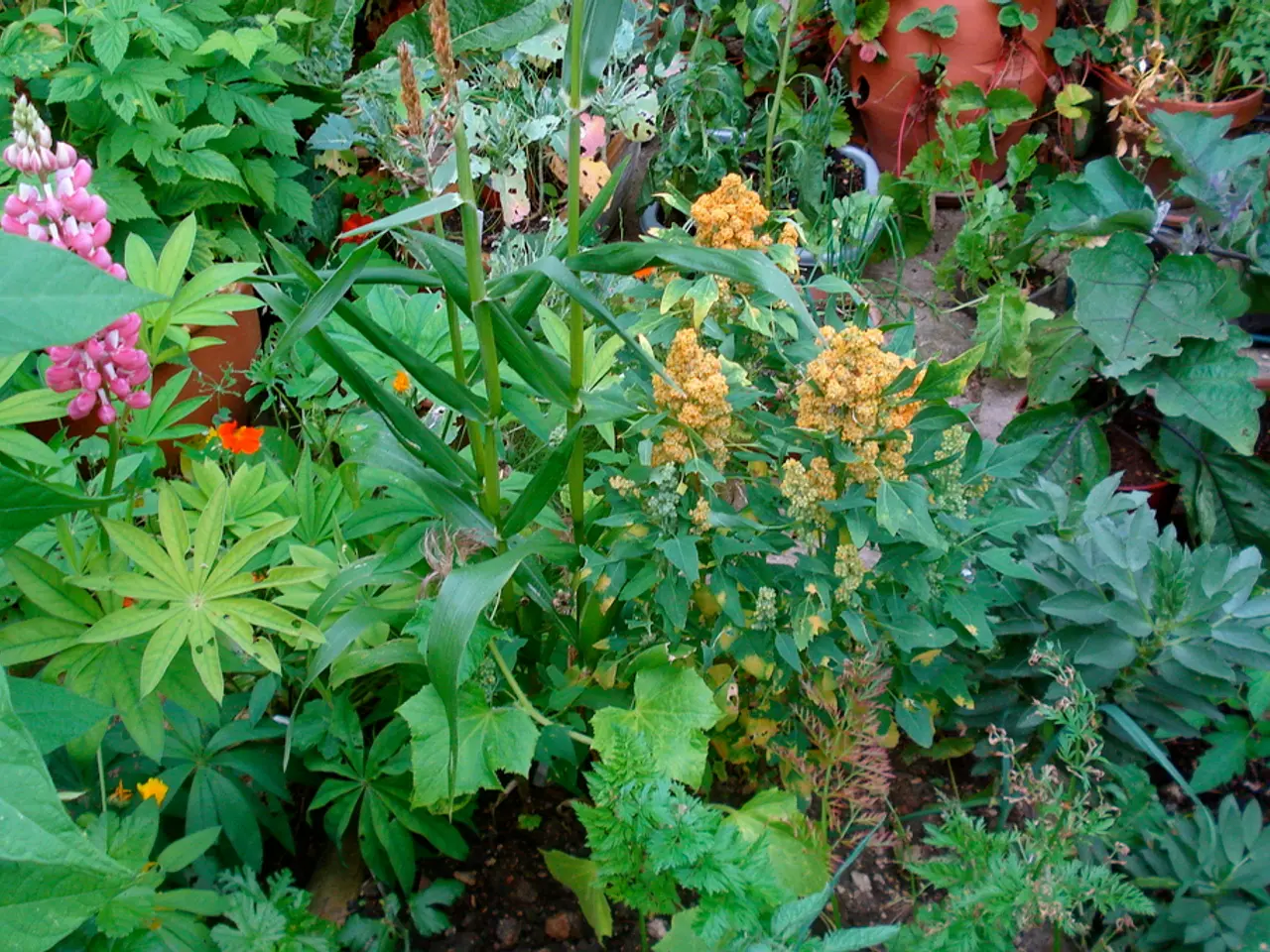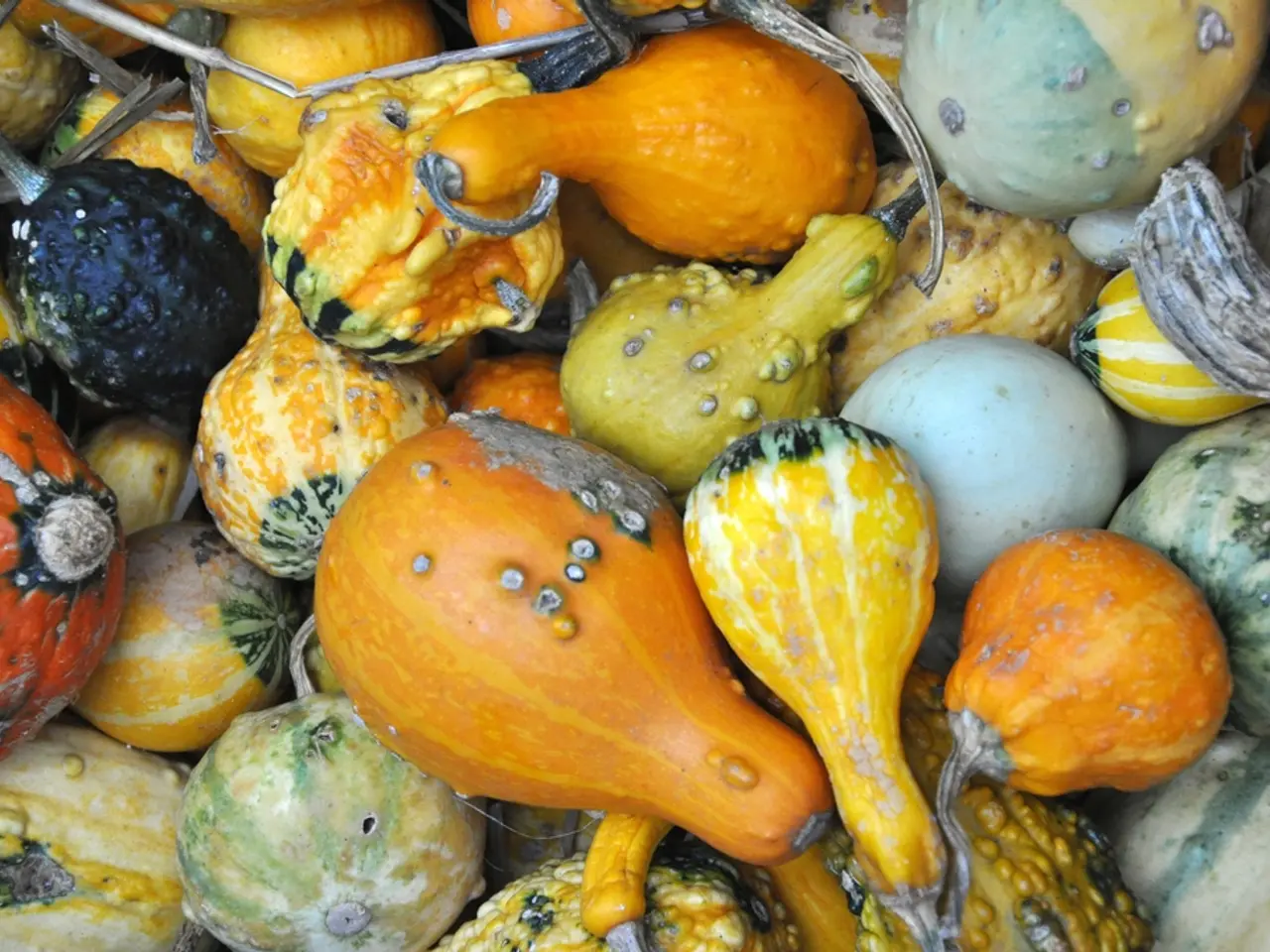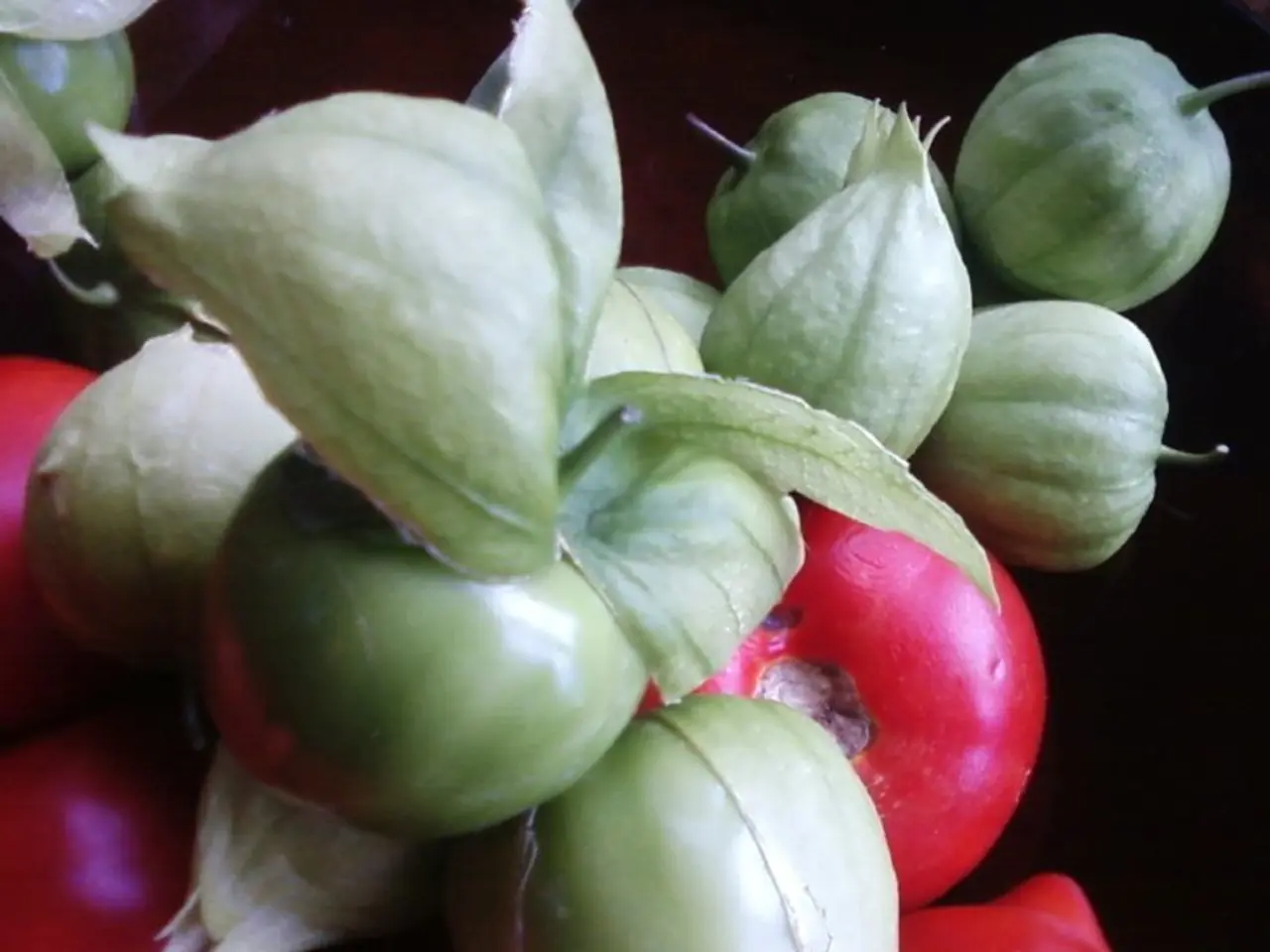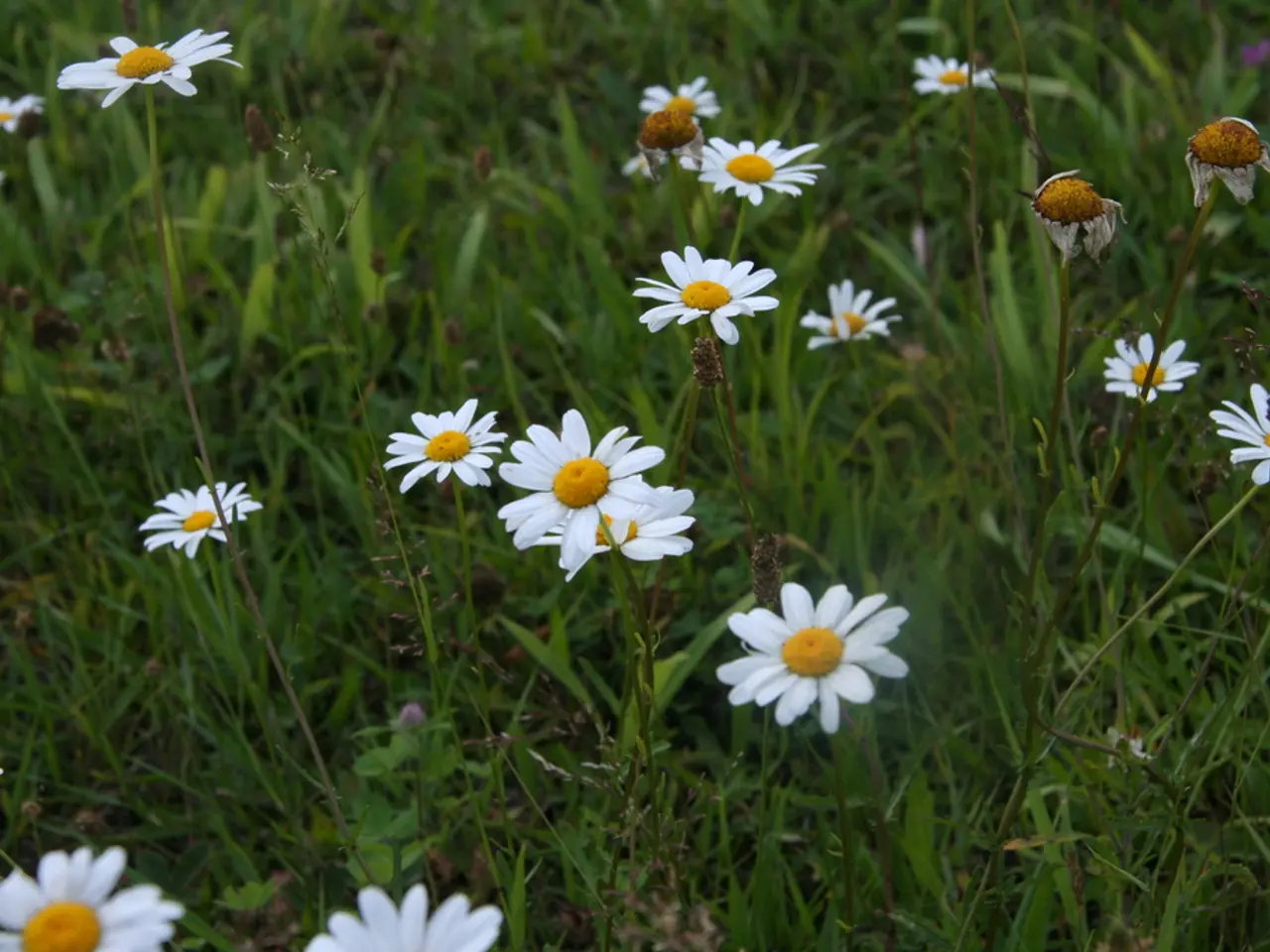What's the Skinny on Companion Planting?
Planting Combinations for Optimal Growth: Top Choices for Synergistic Planting
Companion planting is an organic gardening technique that promotes a balanced ecosystem in your garden by strategically grouping plants that benefit each other. Through this method, you can foster a harmonious environment that encourages growth, deters pests, and boosts flavors while attracting pollinators.
The Garden's Secret Pals
Establishing the right plant combinations can help you steer clear of diseases, pests, and increase crop yields with less work. By choosing the right companions for your garden, you will enjoy a healthy, beautiful, and ‘pest-free’ garden. Moreover, you'll be growing some scented and colorful herbs that will spice up your culinary adventures!
Pick a Buddy, Not an Enemy
Tall plants and short ones don't make good gardening partners. Planting them together leads to lights getting blocked and both plants losing their growth potential. Similarly, thirsty plants tend to suffer when paired with drought-tolerant plants. You have to be careful with some plants thought to have 'allelopathic properties'—plants that release chemicals inhibiting the growth of others.
As for certain plant combinations to avoid, we recommend staying away from pairing garlicky veggies like garlic and onions with beans and peas, mint or onions with asparagus, cucumbers, squashes, radishes, sunflowers or tomatoes with potatoes, cabbages or other brassicas with strawberries, and brassicas with potatoes plus tomatoes. But remember, not all plants react negatively to each other!
Fun Fact:
Mythbusters tested the walnut tree allelopathic theory, and it seems it might not be as effective as once believed! The jury is still out on this one.
The Bestie List for Your Veggie Patch
- Mint and Brassicas: The mint’s leafy scent confuses flea beetle and might deter them from nibbling on cabbage, broccoli, radish, and cauliflower leaves. However, mint can be pretty invasive, so keep it in a pot or else it could smother your crops.
- Marigolds with Tomatoes: Marigolds’ strong scent is said to deter whitefly, making it particularly useful when planted alongside tomatoes, especially in a greenhouse.
- Carrots and Leeks: Carrots’ strong scent can deter leek moth from leeks, but leeks' fragrance repels carrot fly from carrots. If leeks don't fit your plans, garlic chives could be an excellent alternative.
- Lavender with Carrots and Leeks: Attracts a variety of pollinators, such as bees, butterflies, and hoverflies, while its strong scent also repels pesky insects, offering ideal conditions for carrots and leeks.
- Wormwood and Beans: Wormwood can act as a natural repellent for blackfly. Plus, it's yummy for hoverflies, lacewings, and ladybugs, who dine on aphids!
- Calendula and Beans: Calendula is known to lure aphids away from beans, and it's an excellent companion plant for runner beans and French beans. It attracts ladybugs, lacewings, and hoverflies, which feed on aphids.
- Sage and Brassicas: Attracts beneficial insects while confusing pests of brassicas such as flea beetle. Plus, its blue flowers attract bees and hoverflies, essential pollinators for your crops.
- Borage and Strawberries: Borage's hairy leaves' slight cucumber flavor improve strawberry taste, and its flowers attract pollinators, increasing the yields.
- Thyme and Roses: Thyme is an excellent partner for roses as its strong scent masks blackfly's host plant, keeping pests away. Plus, thyme makes a good tea!
- Calendula and Courgettes: English marigolds are excellent pollinators, especially in dull weather, ensuring proper fruit set in courgettes, enhancing your zucchini harvest!
The Ultimate Plant Partners
From the classic and highly effective combinations like Tomatoes + Basil to Companion plants for specific vegetables such as Lettuce, Zucchini/Summer Squash, Beets, and more, this technique has been proven to boost a vegetable garden's health, pest resistance, flavor, and overall productivity by leveraging natural plant relationships and pest repellents.
Remember, in gardening, it's all about friendship! Choose your plants wisely, and watch your garden bloom with health and happiness! Don't forget to sprinkle some love, maybe some water, and watch the magic unfold. Happy gardening! 🌱🌺🌼🌿🌺🌱
- Embrace a lively 'home-and-garden' lifestyle that includes companion planting, as this organic technique fosters a harmonious environment where plants mutualistically benefit each other, deterring pests, boosting flavors, and attracting pollinators.
- Delve into the fashion-and-beauty realm by adorning your garden with scented and colorful herbs from the bestie list for your veggie patch, such as mint, marigolds, lavender, wormwood, and calendula, which not only enhance the aesthetic appeal of your garden but also contribute to its overall health and pest resistance.




